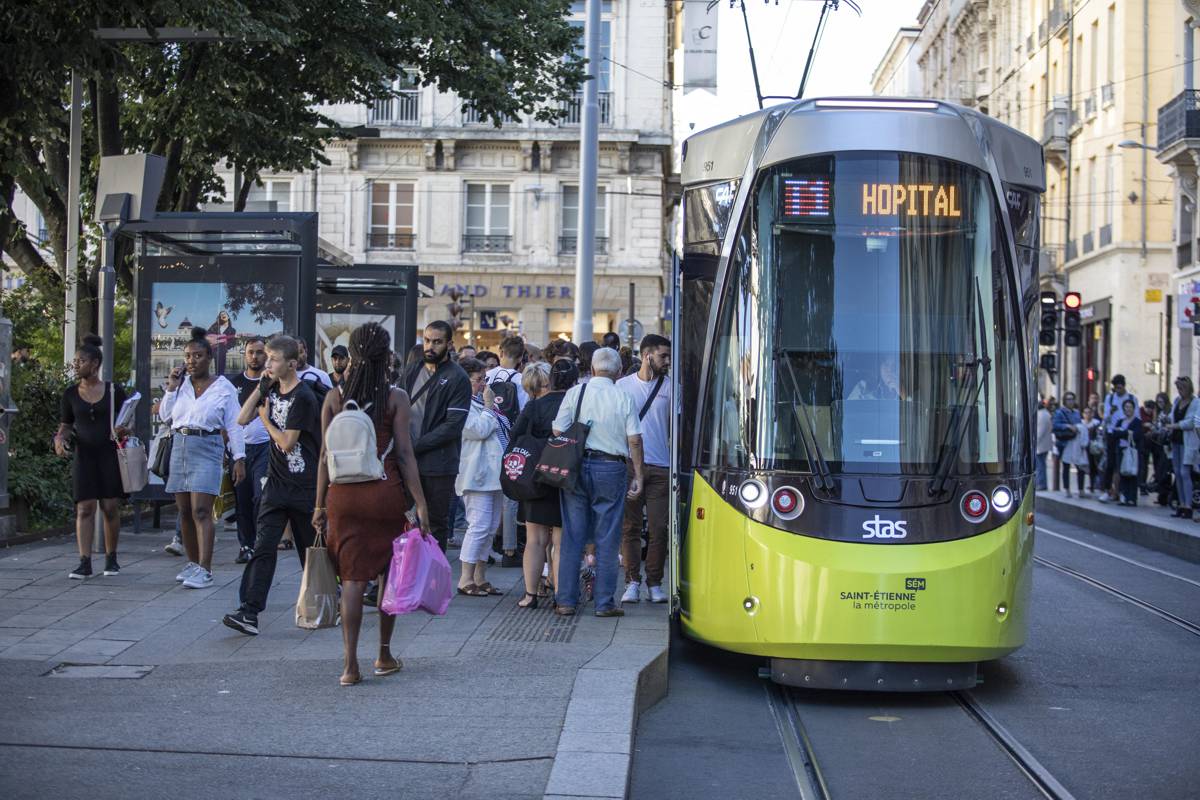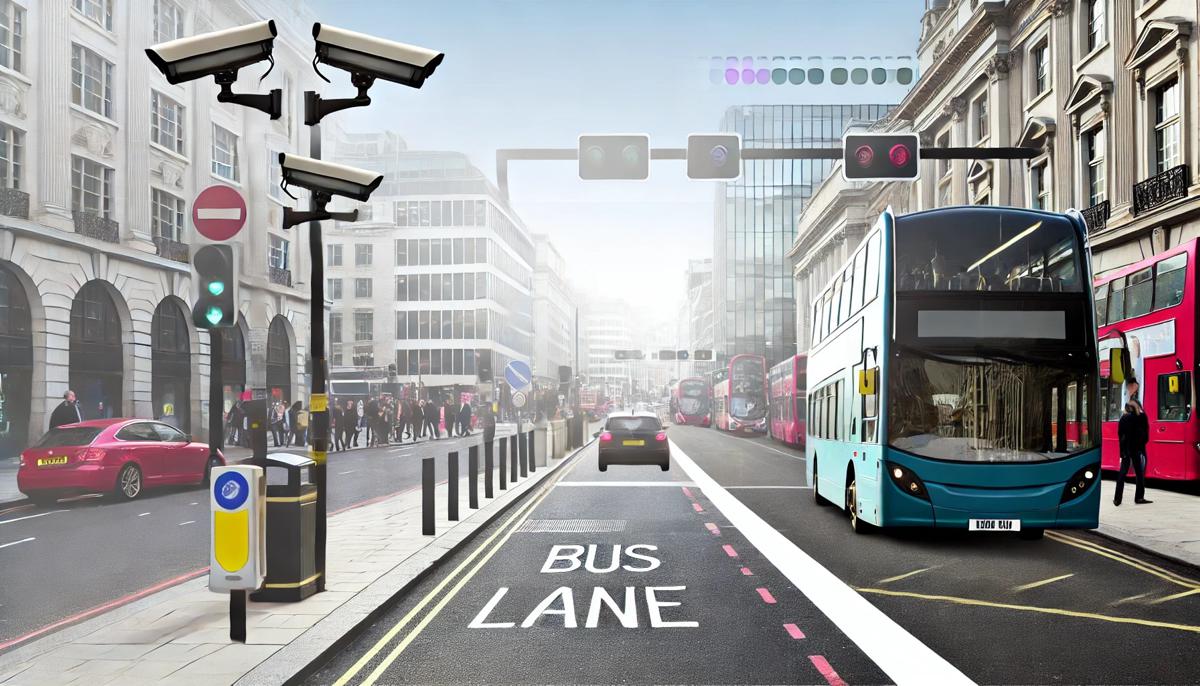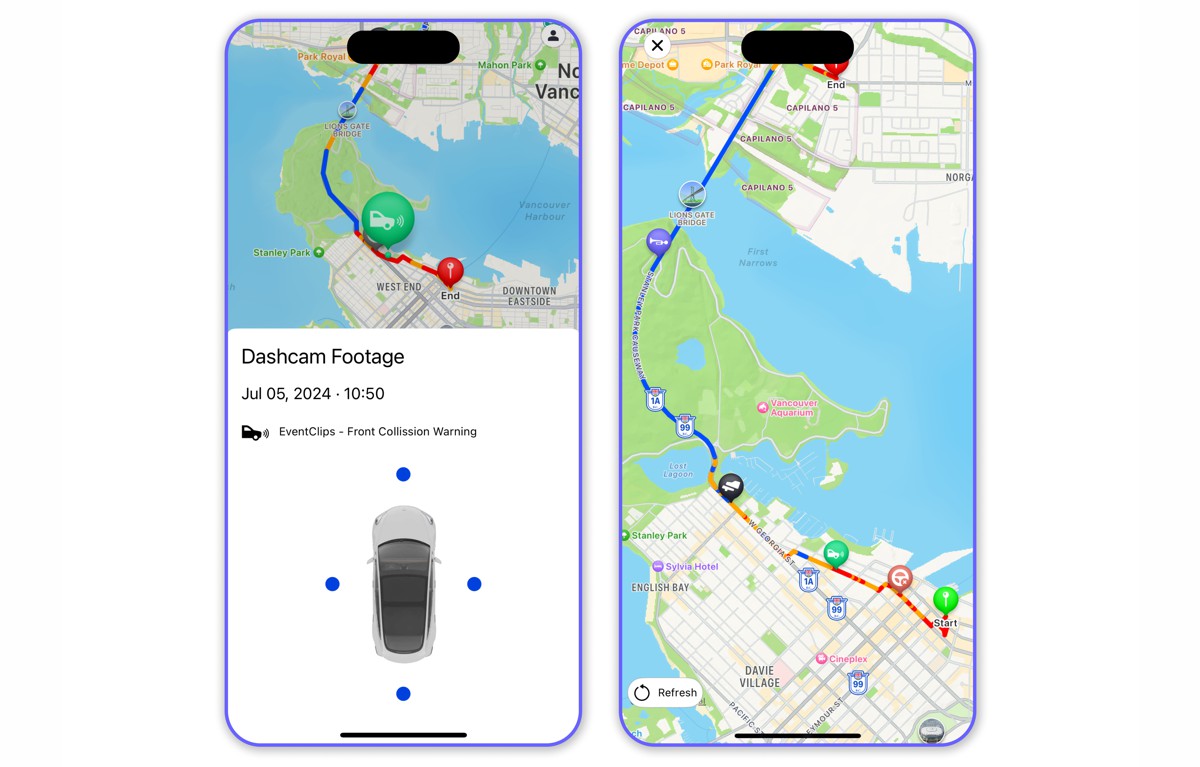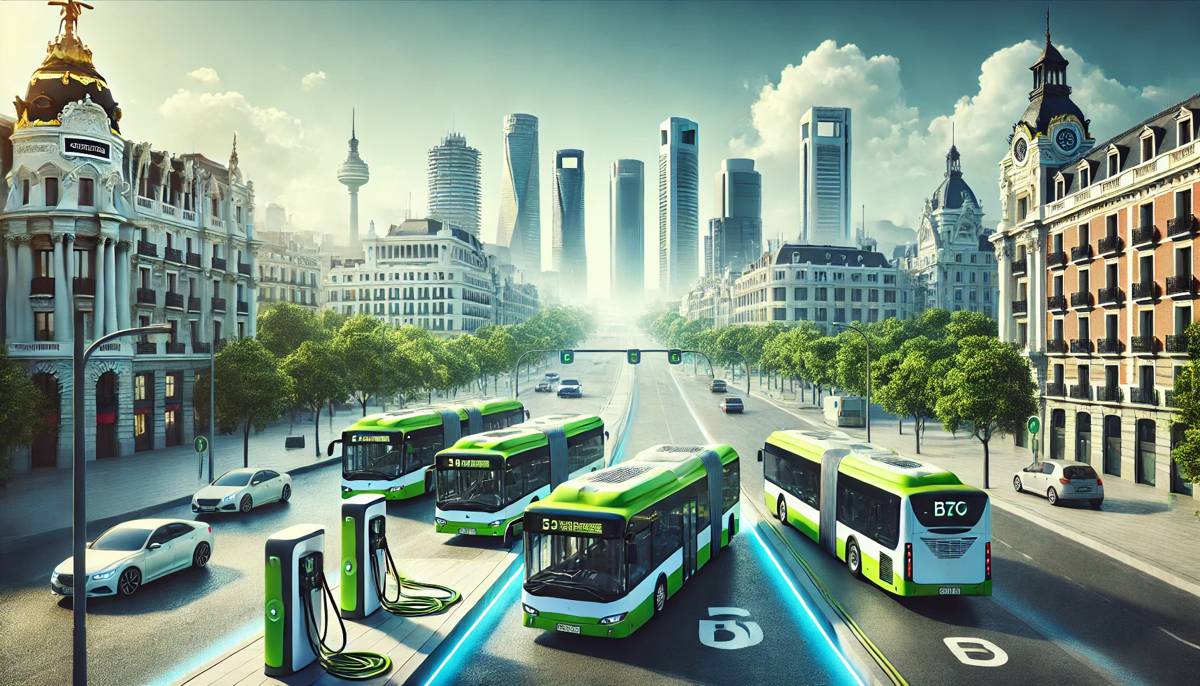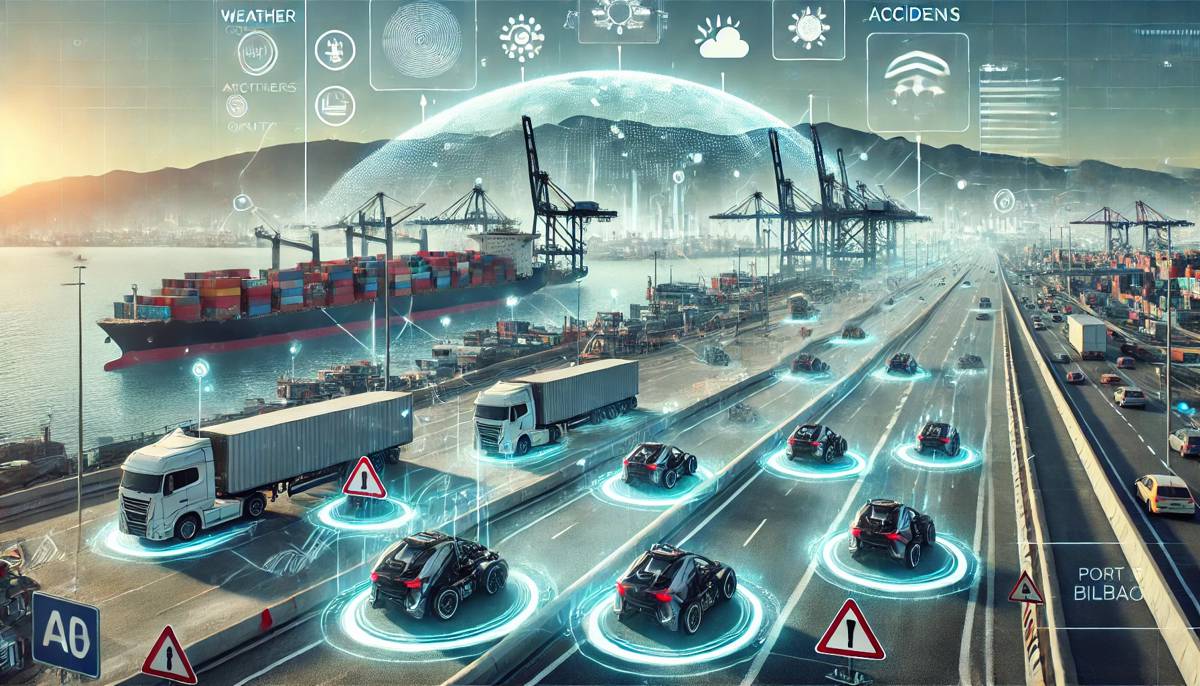New high-power Charging Technology for Electric Ferries and Vehicles
Researchers at Chalmers University of Technology, Sweden, have pushed inductive power transfer technology further to enable high-power battery charging without the need for human involvement or a robotic arm. The technology is ready for immediate presentation to industry.
A new type of silicon carbide semiconductor and a newly developed copper wire as thin as a human hair. These two factors have suddenly made transmitting high power through air a realistic proposition.
Inductive charging is the new thing
Electric toothbrushes have been doing it for decades. And, in recent years, mobile phones and other portable electronics have picked up the technology. But until now, the wireless charging option had seemed too complex and ineffective for the high power of electric vehicle batteries.
However, inductive charging for battery vehicles seems to have made a breakthrough, especially when frequent charging is needed and the environment is demanding; an urban electric ferry, for example.
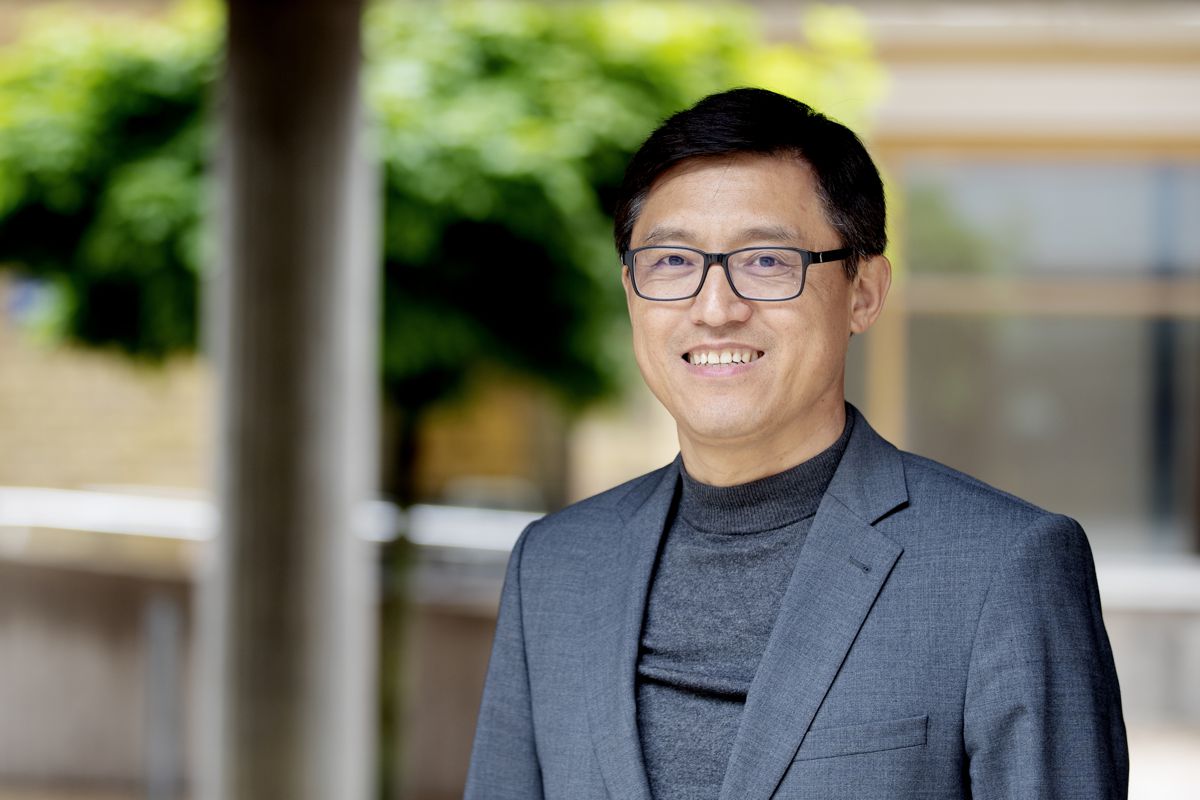
Charge without human help or a robotic arm
This means that electric ferries which regularly traverse urban waterways would not need human help or a robotic arm to charge their batteries. The same applies to city buses or the driverless electric vehicles used in industry, mining and agriculture.
Yujing Liu, Professor of Electric Power Engineering at the Department of Electrical Engineering at Chalmers, is focusing closely on renewable energy conversion and electrification of the transportation system.
“You can have a system built into the wharf that charges the ferry at some stops while passengers get on and off. Automatic and completely independent of weather and wind, charging can take place 30-40 times per day. This is probably the most obvious application,” says Professor Liu. “Even for the electric trucks of the future, there is a potential application. The issue then is that charging these at sufficiently high power means the charging cable is very thick, heavy and difficult to handle”.
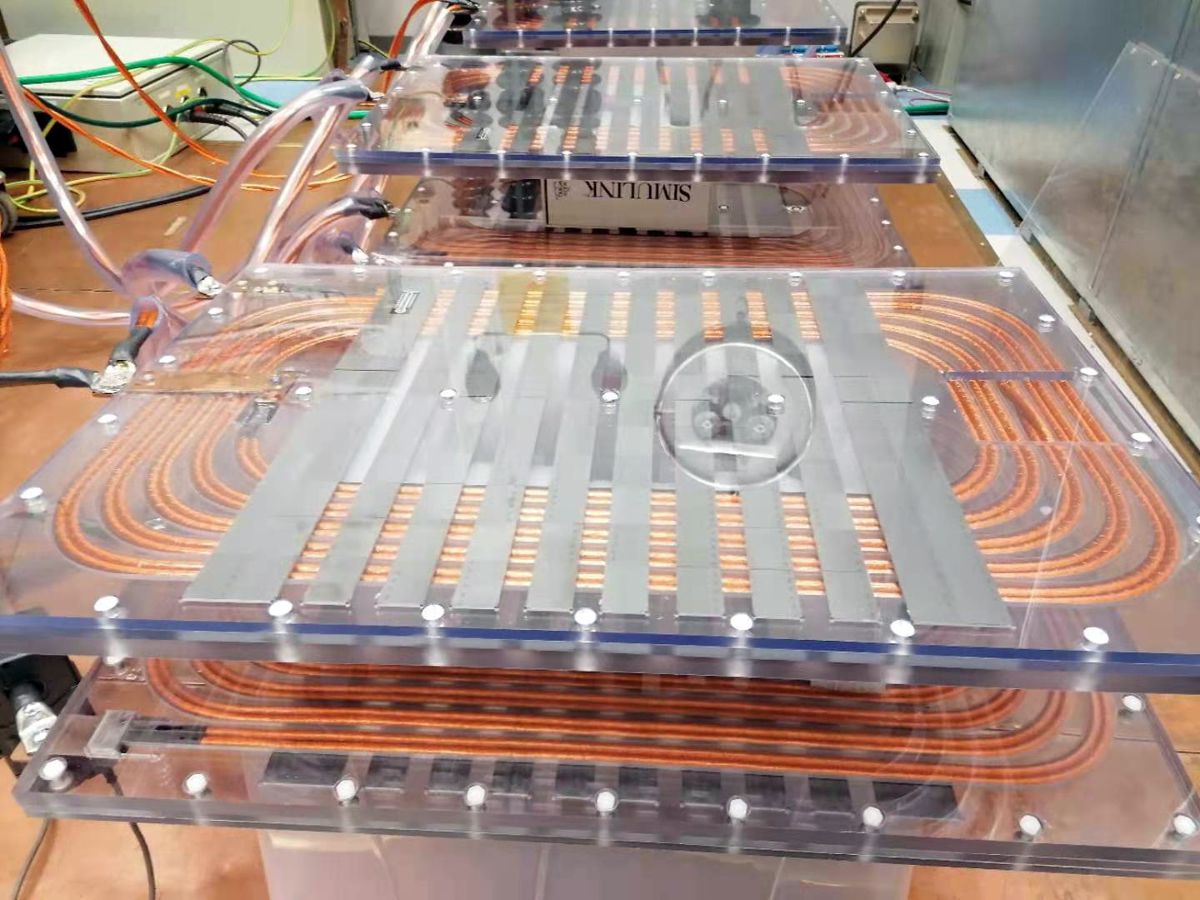
New possibilities due to advancements in materials
According to Liu, it is the rapid development of a handful of components and materials in recent years that has opened up new possibilities.
“A key factor is that we now have access to high-power semiconductors based on silicon carbide, known as ‘SiC components’. As a power source for electronic products, these have only been on the market a few years. They allow us to use higher voltages, higher temperatures and much higher switching frequencies, compared to traditional silicon-based components”, he says.
This is important because it’s the frequency of the magnetic field that limits how much power can be transferred between two coils of a given size.

Frequencies four times higher
“Previous systems for vehicle wireless charging have used frequencies of around 20 kHz, much like a normal stove top. They became bulky and the energy transfer wasn’t very efficient. Now we work with frequencies that are four times higher. Suddenly, induction becomes attractive”, explains Liu.
He adds that his research group is in close contact with the two world-leading manufacturers of SiC modules in the world: “With them, rapid product development is underway towards even higher currents, voltages and power. Every two or three years, new versions are launched which can take more. Such components are important “enablers”, with a wide range of applications in fields like electric vehicles. So not just for inductive charging”.
Another recent technological leap concerns the copper wires in the coils that send and receive the oscillating magnetic field that forms the actual bridge for the energy to flow across the air gap. The goal is to use as high a frequency as possible.
“That won’t work with ordinary looped copper coils. It would lead to very large losses at high frequency”, says Liu.
The new coils are made of braided “copper ropes”. These comprise up to 10,000 copper fibres, each between 70 and 100 microns thick, much like a strand of hair.
These braids of what is known as Litz wires are optimised for high currents and frequencies and have only been commercially available in the last few years.
A third example that Liu highlights is a new type of capacitor used to add reactive power. This is a prerequisite if the coil is to build up a sufficiently powerful magnetic field. On the other hand, the magnetic field is still very weak, even when positioned between charging plates. The stray field decays dramatically as the distance from the charging plates increases. Within about half a meter, it diminishes to the internationally required level for public exposure.
Liu emphasises that charging electric vehicles entails several conversion steps; between direct current and alternating current and between different voltage levels.
“So, when we say that we’ve achieved an efficiency of 98 per cent from direct current in the charging station to the battery, that figure may not mean much if you don’t carefully define what’s measured,” explains Liu.
“But you can also put it this way: losses occur whether you use ordinary cable-based conductive charging or charge by using induction. The efficiency we’ve now achieved means that the losses in inductive charging can be almost as low as with a conductive charging system. The difference is so small as to be practically negligible. It’s about one or two per cent”.
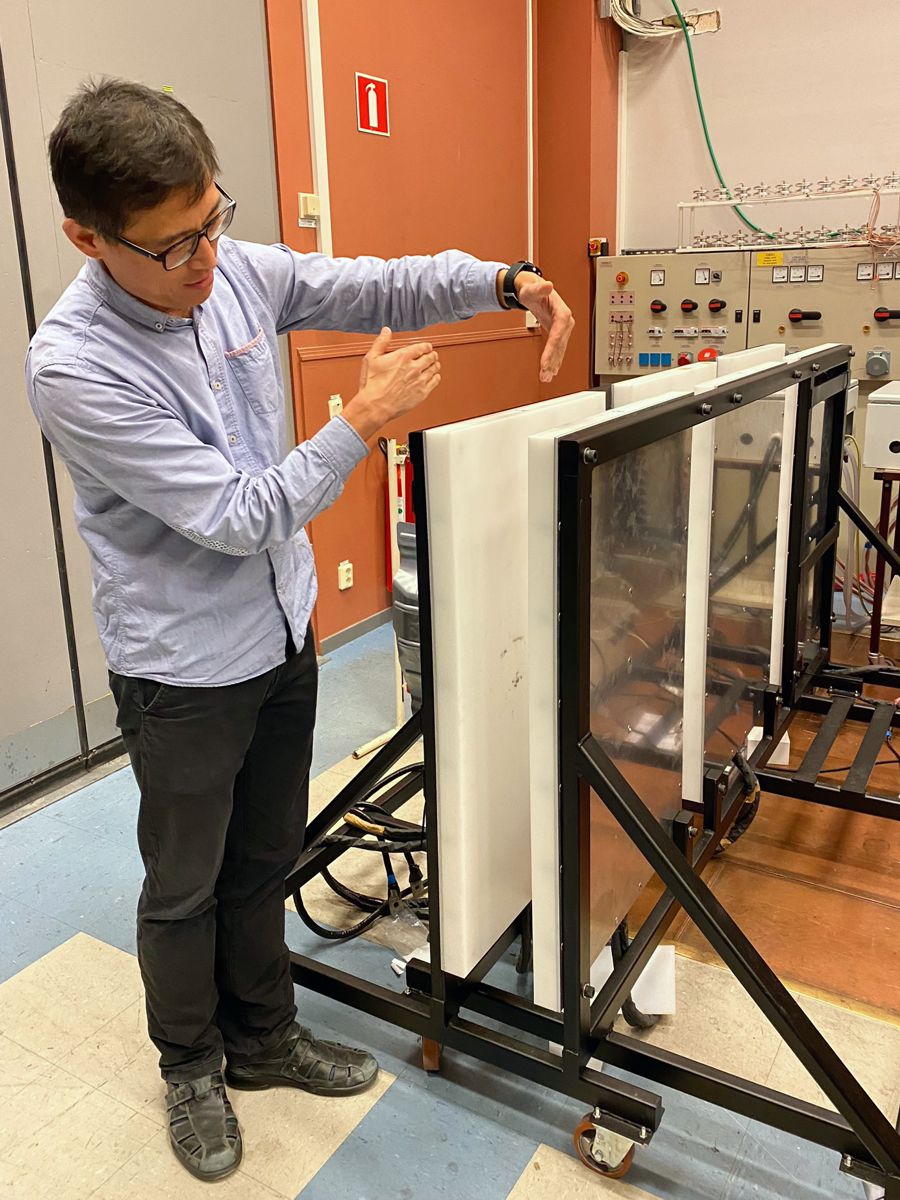
Numbers attract attention
Liu adds that the results published by his research group have attracted a lot of attention: “We’re probably among the best in the world in terms of efficiency in this power class, between 150 and 500 kW”.
Liu doesn’t think that induction charging will eventually replace charging with a cable: “I drive an electric car myself and can’t see that I’d have any use for induction charging in the future. I drive home, plug in… it’s no problem”.
Is wireless charging a more sustainable technology than charging in the usual way? “One probably shouldn’t claim that the technology itself is more sustainable. But it can make things easier when electrifying large vehicles and thus speed up the phase-out of things like diesel ferries.”





